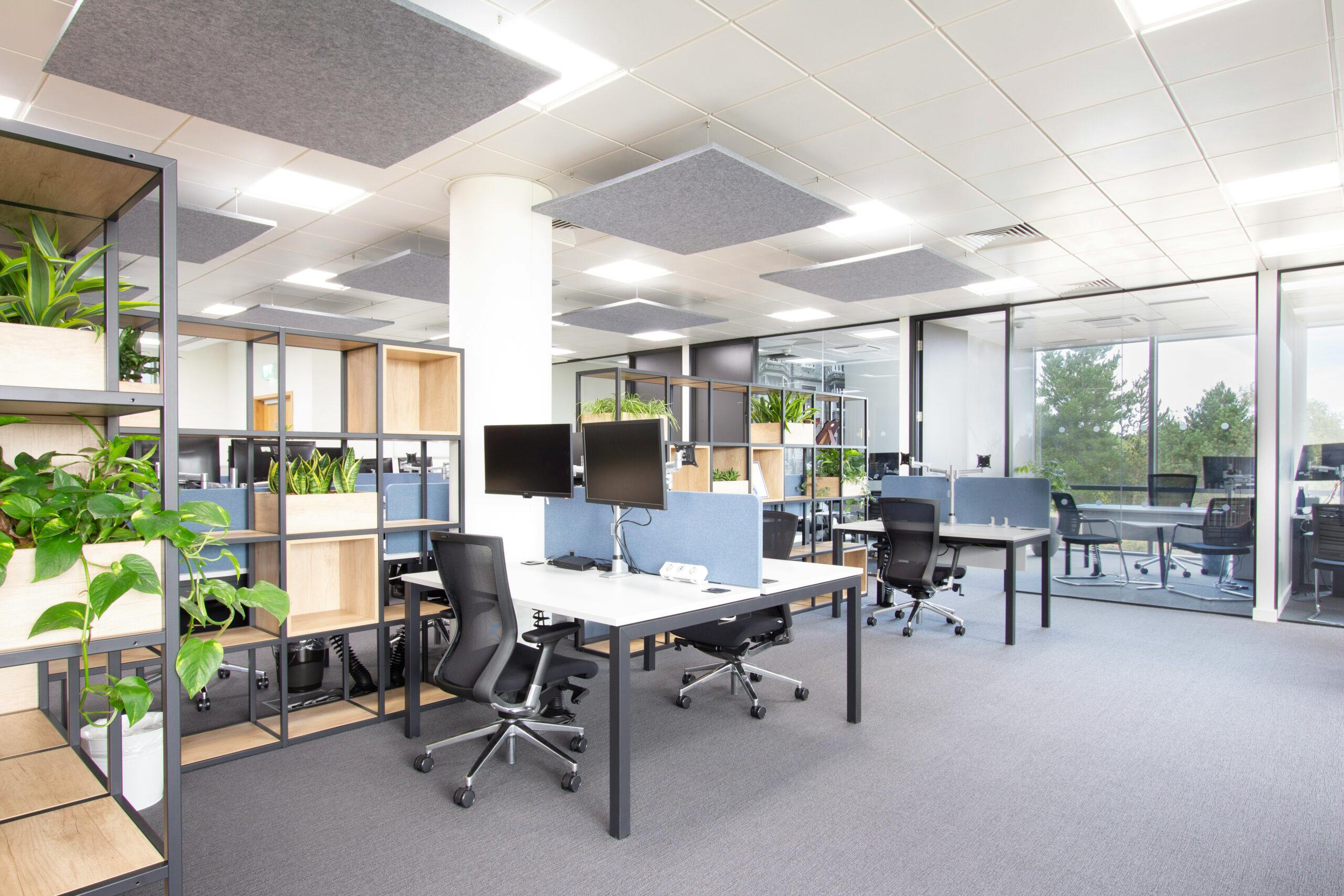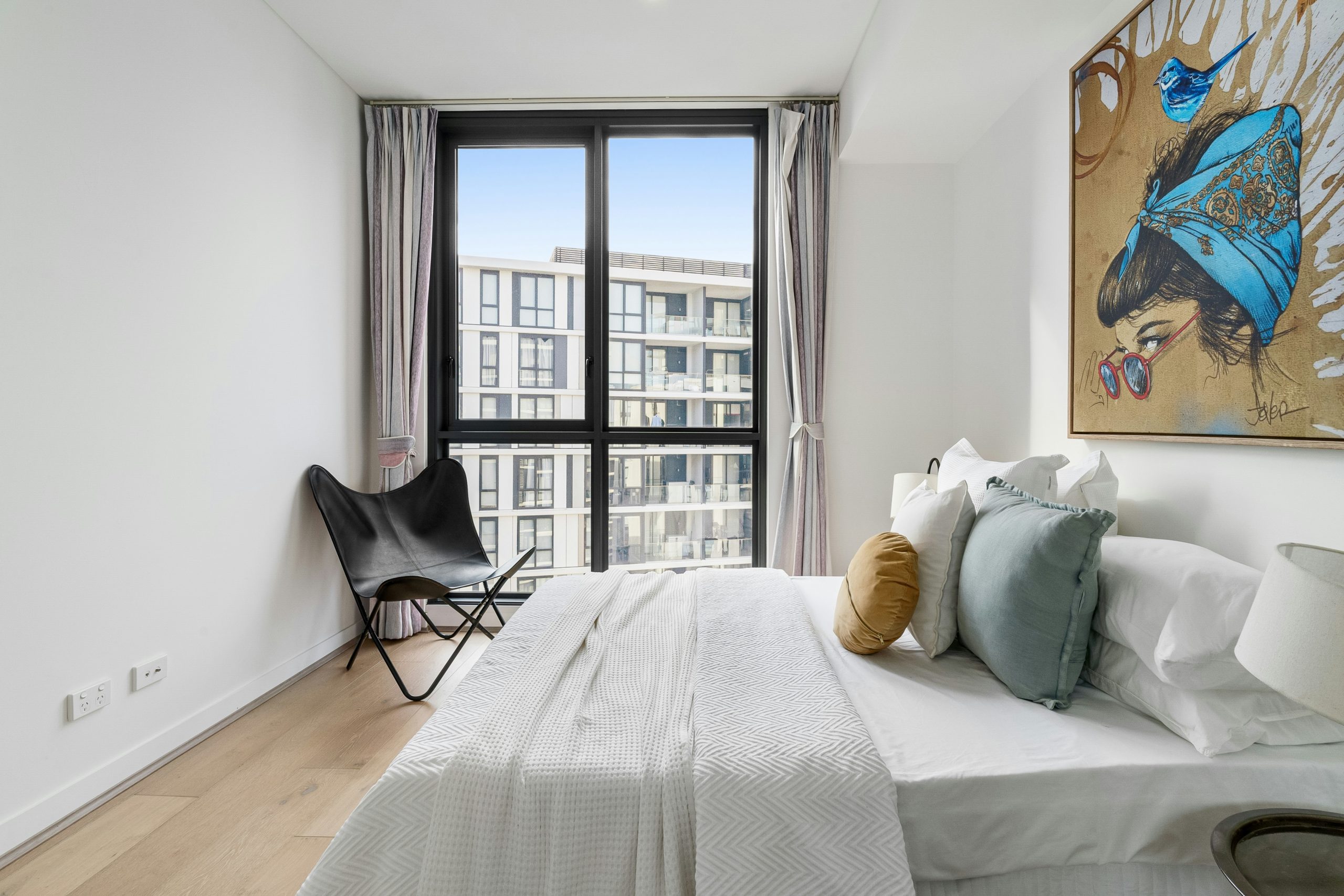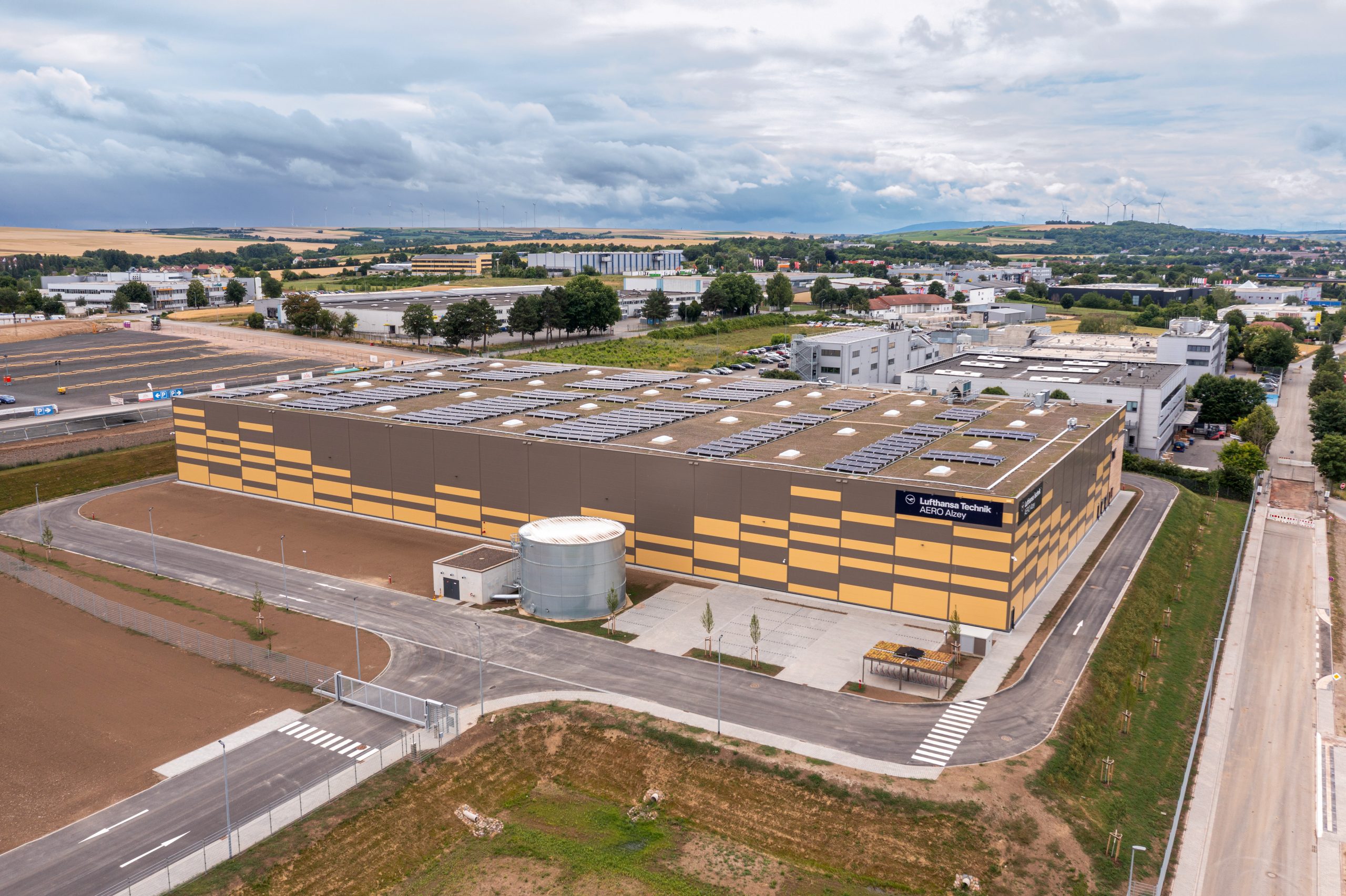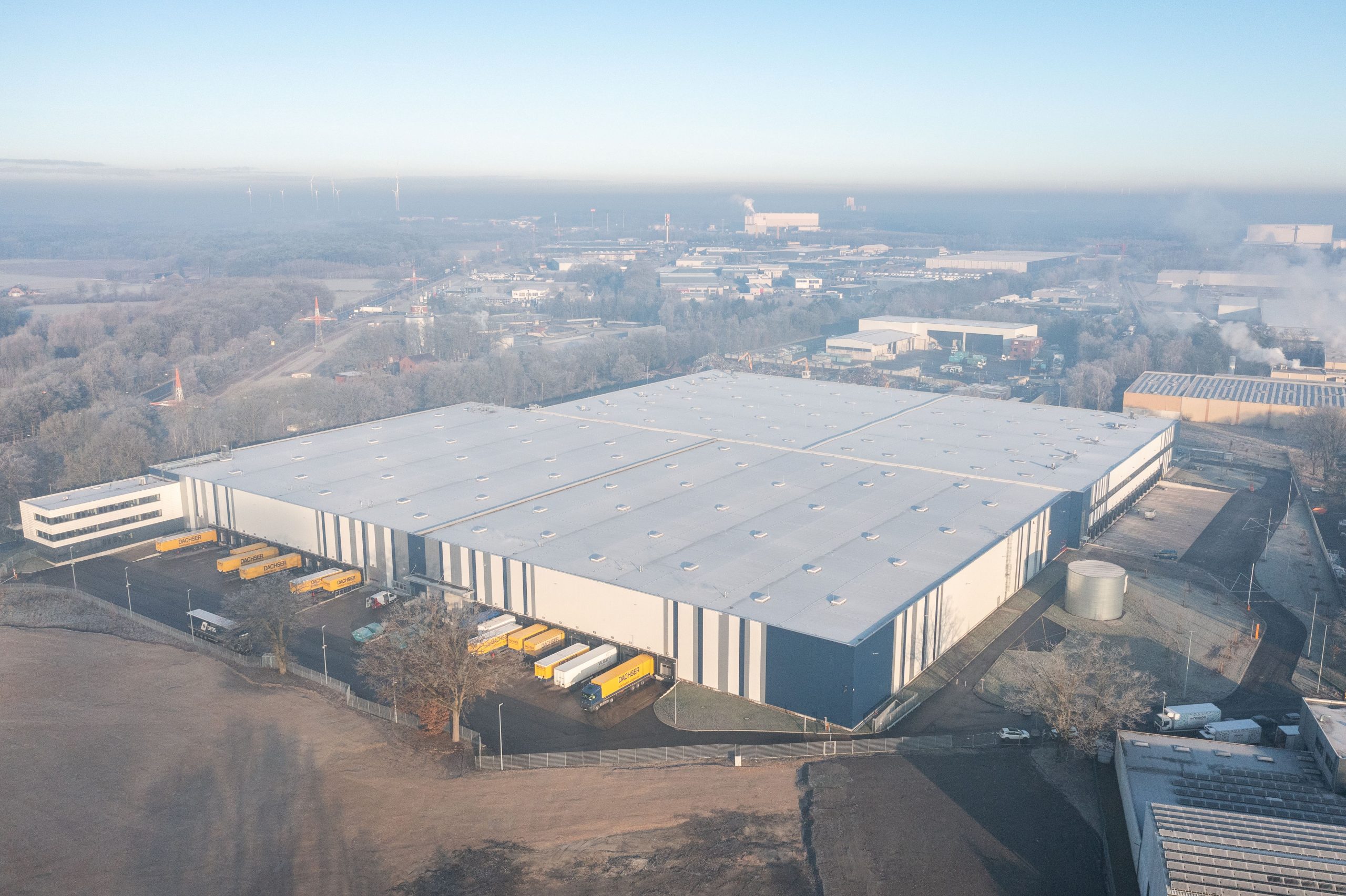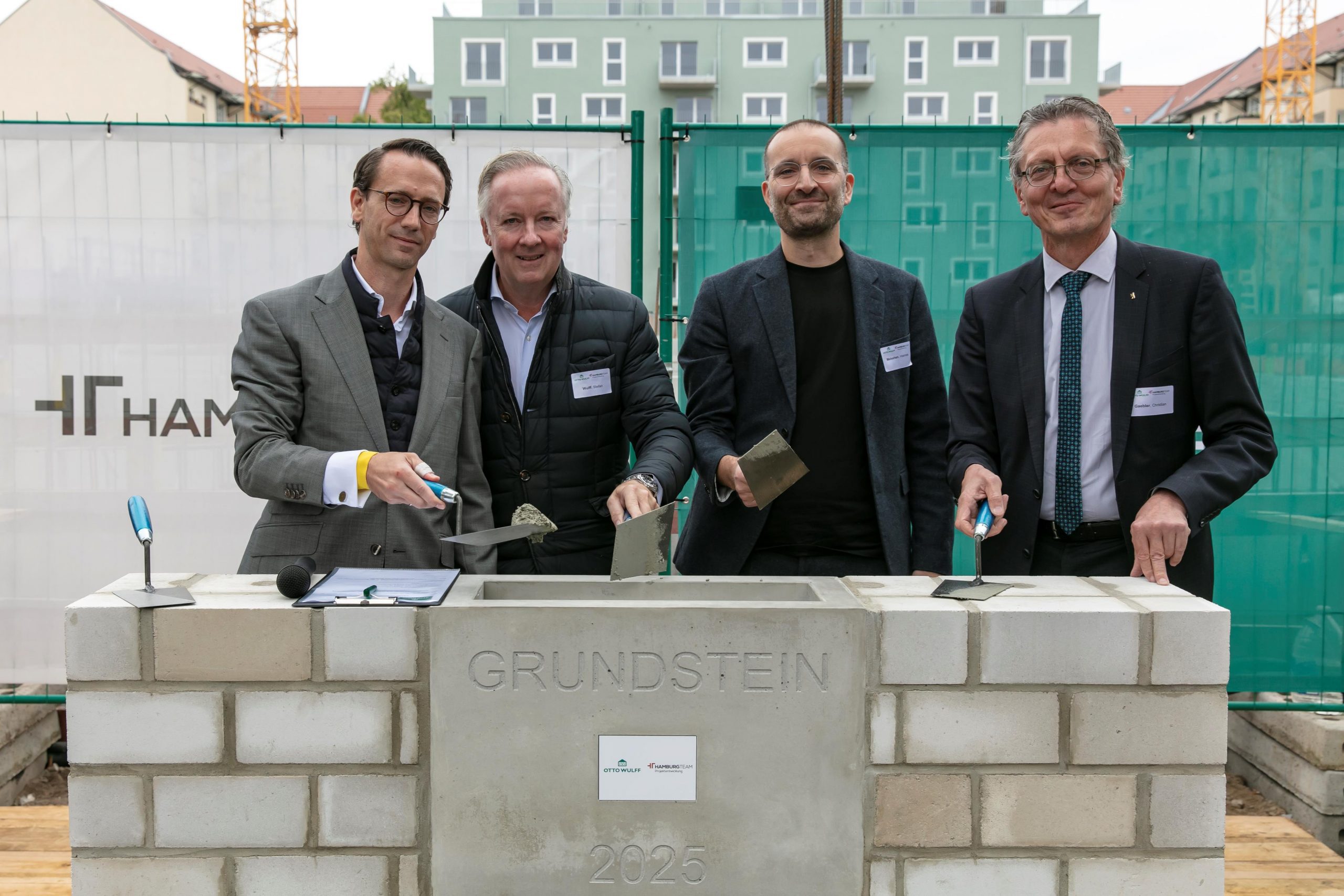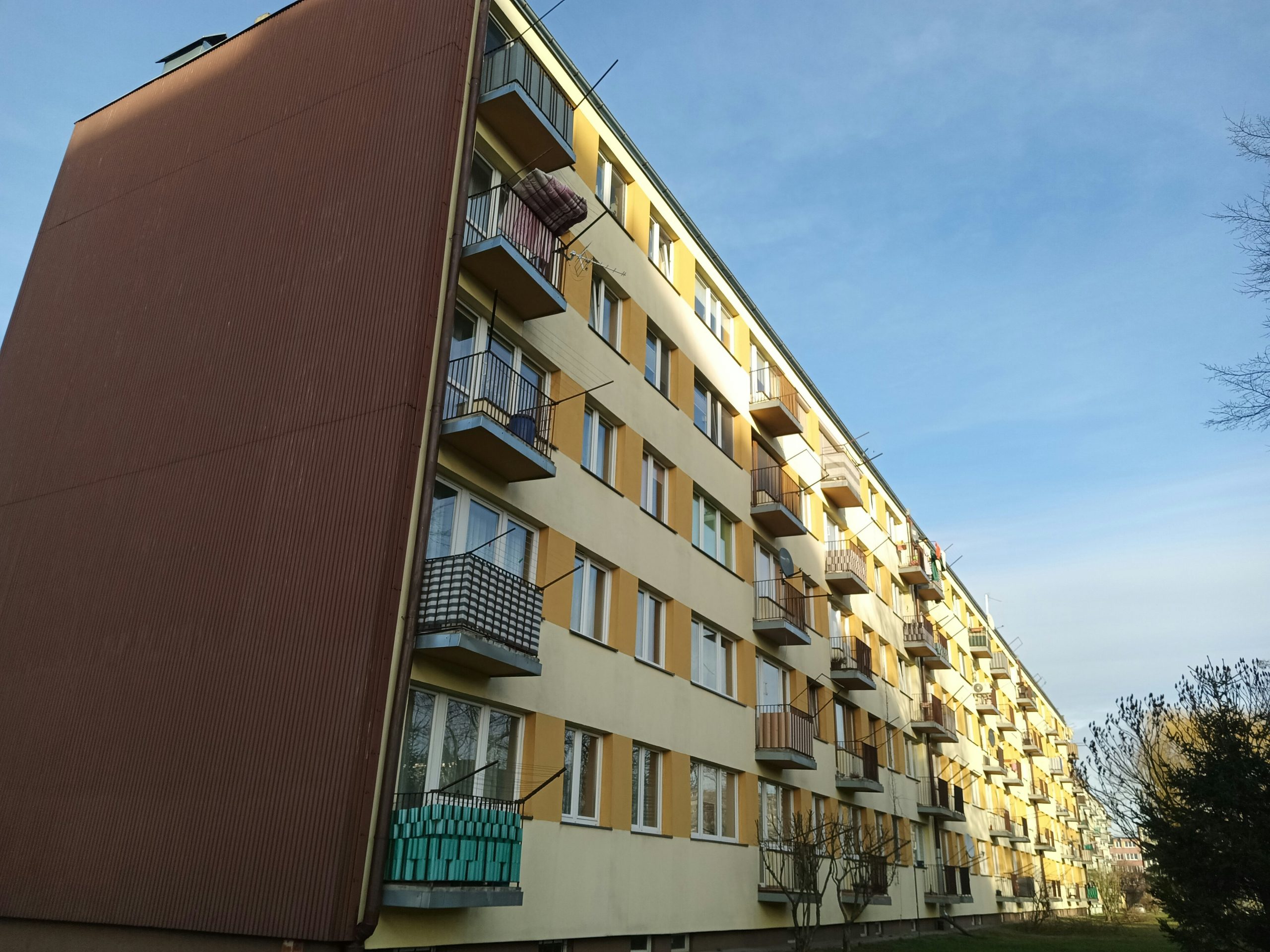JLL study proves the importance of modern workplaces
Hybrid working models have become the standard at many companies and the workforce has largely come to terms with the requirements for fixed office presence. Nevertheless, many want a better workplace experience. This is confirmed by the international study ” JLL’s Workforce Preference Barometer 2025, in which 8,700 office workers from companies with at least 1,000 employees in 31 countries participated. There were 382 people from Germany.
About two-thirds of survey respondents said that their company has a Return To Office (Return) policy in place. RTO) and 72 percent rate this measure as positive. In Germany, 63 percent of respondents are employed by companies that specify a fixed number of office working days. The satisfaction rate here is 65 percent.

Globally, one in four office workers has an attendance requirement of three to four days, and another quarter even five days a week. An office presence of one to two days applies to 13 percent of respondents. Of those 34 percent for whom there is no official requirement for office attendance, a third still work full-time in the office.
Half of people with a positive rating of the RTO policy say that being in the office supports better teamwork, and almost the same percentage (43 percent) generally prefer to work from the office. Those with a negative rating fear a loss of quality of life (55 percent) and productivity (40 percent). A similar number (41 percent) feel they are being let down by companies that had previously committed to hybrid flexibility. More than half of workers globally (57 percent) say flexible working hours would improve their quality of life, but only about half currently have the opportunity to do so.
Commenting on the survey results, Martina Williams, Head of JLL Work Dynamics Northern Europe, said: “Businesses should understand that successful return-to-office strategies cannot be based solely on compulsory attendance. Rather, it is about creating an attractive and curated working environment that offers employees real added value – whether through better collaboration, state-of-the-art equipment and relevant service offerings, or flexible working hours that can be seamlessly integrated into their lives.”
Despite the growing acceptance of a defined office attendance rule, more than a third of respondents (38 percent) said that the quality of their office needs to be significantly improved. This applies to both the building and the workplaces as well as the location of the office property. “The design and design of the workplace is crucial for the success of hybrid work models. If companies want to bring their employees back into the office, they should invest in spaces that are both functional and inspiring. An outdated or poorly located office will undermine the acceptance of RTO policies in the long run, Williams is convinced. The companies are aware of this and are reacting to it. There are also prominent examples of this from Germany, such as the relocations of Siemens in Munich and KPMG in Frankfurt. “Both are giving up their aging space in peripheral locations in favor of centrally located as well as modern and high-quality office space.”
Companies should understand that successful return-to-office strategies cannot be based solely on attendance requirements. Rather, it is about creating an attractive and curated working environment that offers employees real added value – whether through better collaboration, state-of-the-art equipment and relevant service offerings, or flexible working hours that can be seamlessly integrated into their lives.
